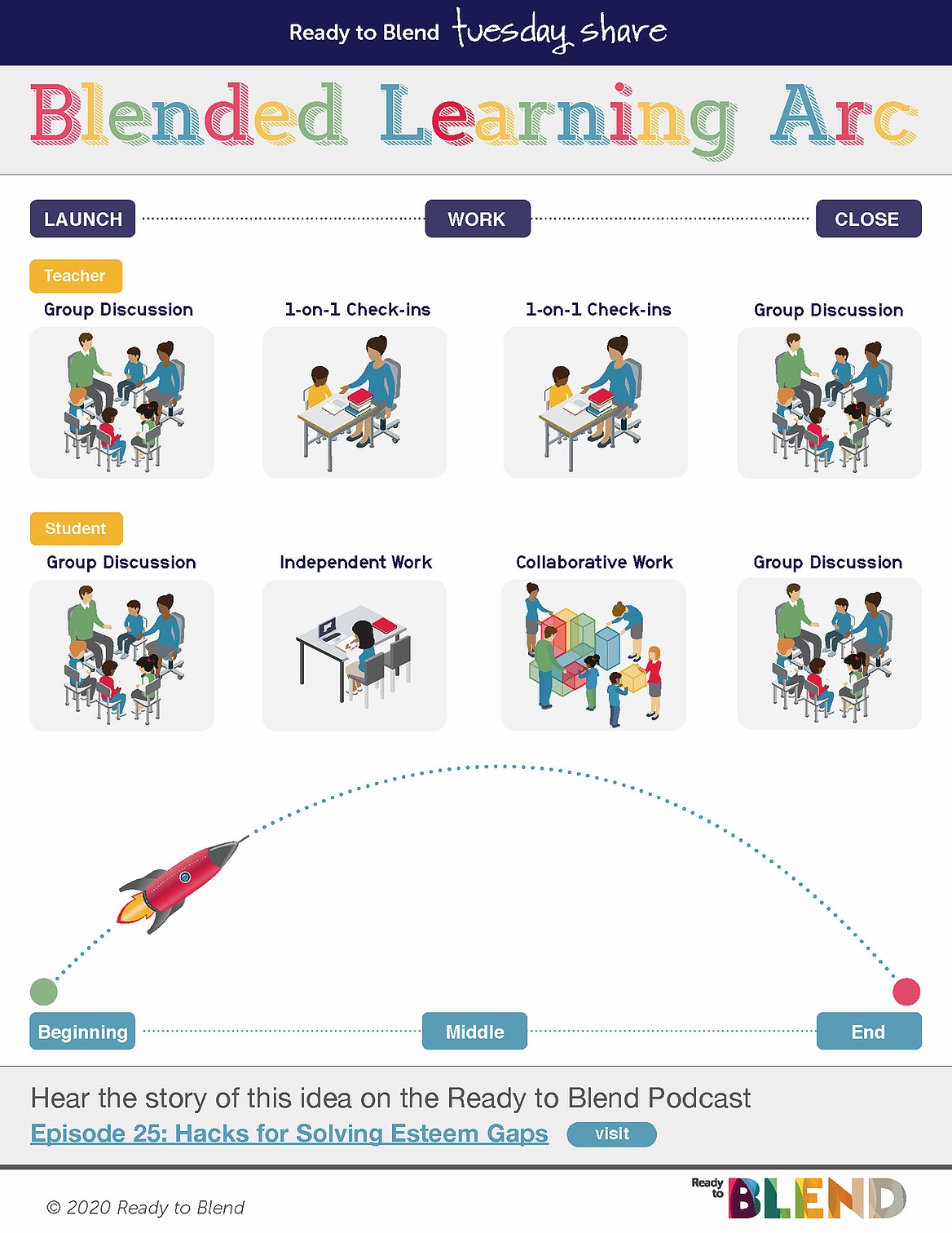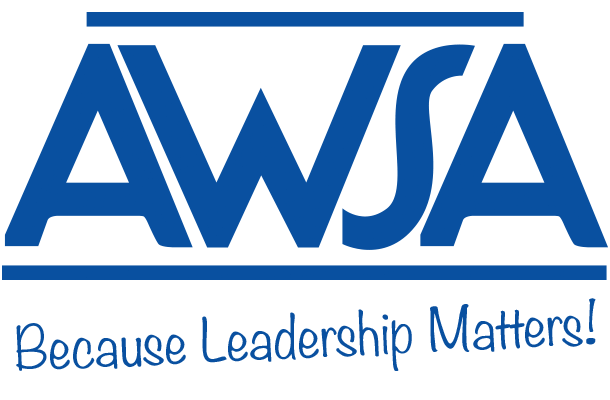Hacks for Helping Students Achieve in Class or from Homeby Heather Staker This week's audio show, Episode 25: Hacks for Solving Esteem Gaps, is part of a special series to offer ways to close each of the gaps that can arise for children according to Maslow's Hierarchy of Needs. Children want to make progress. They crave achievement—even if they do not appear to be motivated—provided that the basic levels of Maslow’s Hierarchy of Needs are satisfied. The inequities in society grow worse for each day that children lack “flex” environments that are blended (online and face-to-face) that help them make progress seamlessly, whether they are learning in face-to-face classrooms or from home. Unlike ever before, it is becoming surprisingly simple to set up a Flex blended-learning model because of disruptive technology enablers. In a Flex model, caring teachers lead discussions, provide individual coaching, and ensure that students have access to digital content delivered by an online platform. Expect to see thousands of traditional schools, micro-schools, and co-ops offering Flex schooling this year. The four building blocks ("modalities") of a blended learning arc provide the backbone for a Flex classroom and are increasingly within the grasp of schools and entrepreneurs. Core modalities of a Blended Learning ArcFrom the students' point of view, a helpful sequence for experiencing a week of blended learning includes five experiences:

From the teacher's perspective, he or she spends her time:
Naming only these four modalities may seem reductionist, but there's value in pinpointing the core structures required to create a coherent learner and teacher experience. As schools head into the fall, if they focus on these four modalities, they will be better positioned to pivot between face-to-face and remote instruction with structures that prioritize the teacher-student relationship, students' ability to make academic progress, and students' need for collaborative engagement. Furthermore, the "launch" and "close" cadence gives a rhythm to the learning sequence and helps inspire and connect students for their work sprints. (Credit to Jeff and Laura Sandefer of Acton Academy for introducing me to the learning arc launch/close pattern.) The learning arc modalities presuppose that schools have solved already for device and Internet access, as well as for the lower levels of Maslow's Hierarchy, as addressed in earlier Ready to Blend episodes. Recommendations
Printable PDFFor the full version of the Blended Learning Arc diagram, click here to download the PDF from my Google Drive.  Special thanks to the Wisconsin Digital Learning Collaborative (WDLC) and their partnership with Heather Staker to support our Wisconsin schools in blended learning practices.
Read more at: Elementary Edition - Secondary Edition - District Level Edition |
